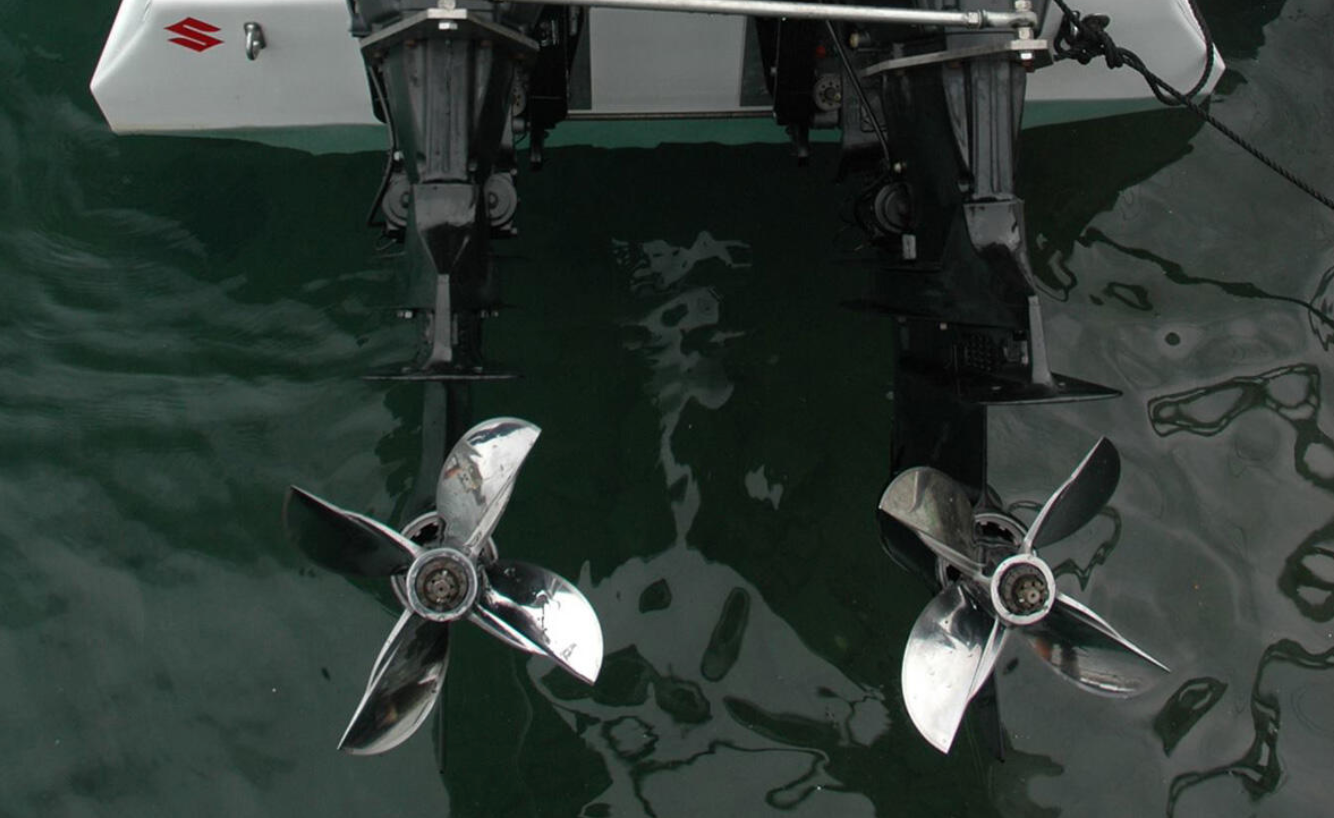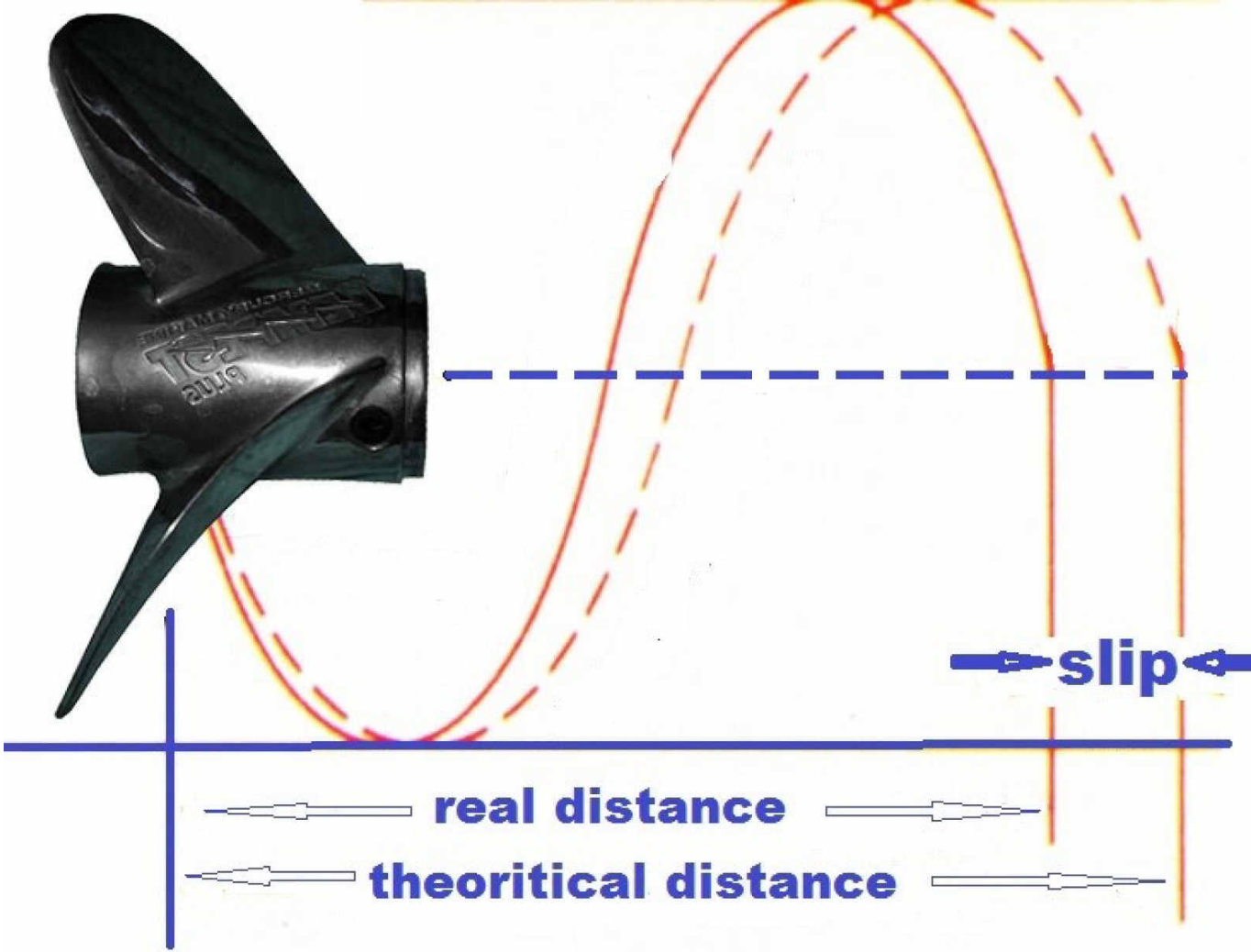Explaining Propeller Pitch: Theoretical Vs. Real World

The second key feature along with the diameter that defines the size of a propeller is the pitch. Like the diameter, the pitch is measured in inches and it is the one we usually change so as to allow the engine to reach the maximum rpm suggested by the motor manufacturer.
Definition
The term “Pitch” stands for the theoretical distance a propeller moves forward when it makes a complete rotation. A propeller with a pitch of 21" (53.34 cm) will travel forward 21” (53.34 cm) in one rotation.
But this is the theoretical distance because in the real world, the propeller “slides” as it rotates, mainly due to the resistances that it has to overcome. The distance traveled is actually less than its nominal pitch indicates. A propeller with a 21” (53.34 cm) pitch doesn’t actually cover a distance of 21” (53.34 cm) in one revolution because of the slip.

Blade Runners
All the aforementioned terms describe the same thing. The critical characteristic that will determine how much forward the propeller will move in one complete rotation is the angle of the blades in relation to the hub or body.
The angle of each blade is standard and determines:
- How quickly the propeller will move forward (acceleration) and
- How far the propeller will go at each rotation (speed).
Both of these effects are inversely proportional to each other. If we accelerate quickly we will not go far, and if we go far will not move quickly. In other words, if we have great acceleration we'll have limited top speed. If we have high top speed we will accelerate moderately. Therefore there is no way to simultaneously have rapid acceleration and the highest speed at the same time.

Acceleration Vs. Speed
This is because the greater the blade angle, the more the blades are in parallel with the propeller hub the better their grip will be on the water. The more water is pushed back, the longer distance the boat will go. On the other hand, they will move equally slower because of the greater resistance of the higher amount of water that they are “gripping.”
To make the operation of the angle of the blades with the propeller axis more comprehensible, we can compare the propeller with a screw. The more vertical the threads of the screw are to its head, the greater distance the screw will go into the wood in one full rotation. But it will also be screwed with greater difficulty and will require more power (a heavier load on the screwdriver, or in the case of a propeller, a heavier load on the engine).

On the other hand, the more parallel the threads of the screw are to its head, the less distance the screw will cover inside the wood in a single rotation. But it will be screwed more easily because it will require less power (a lighter load on our hand that screws or in the case of the propeller, a lighter load on the engine).